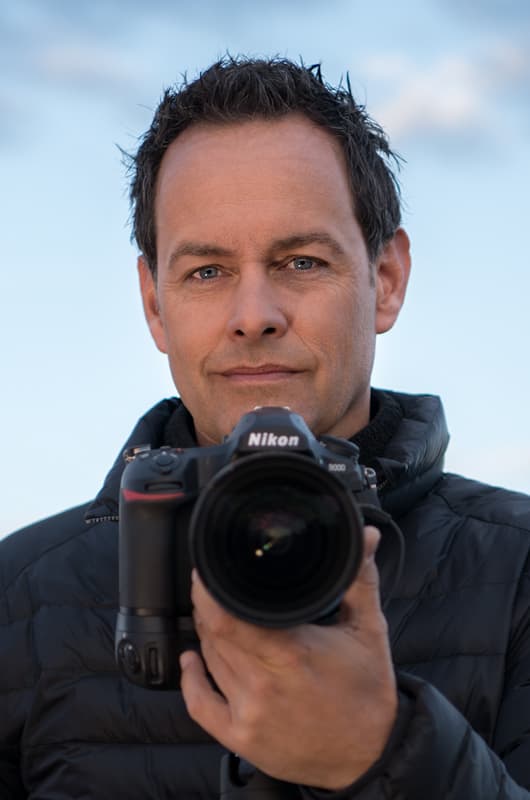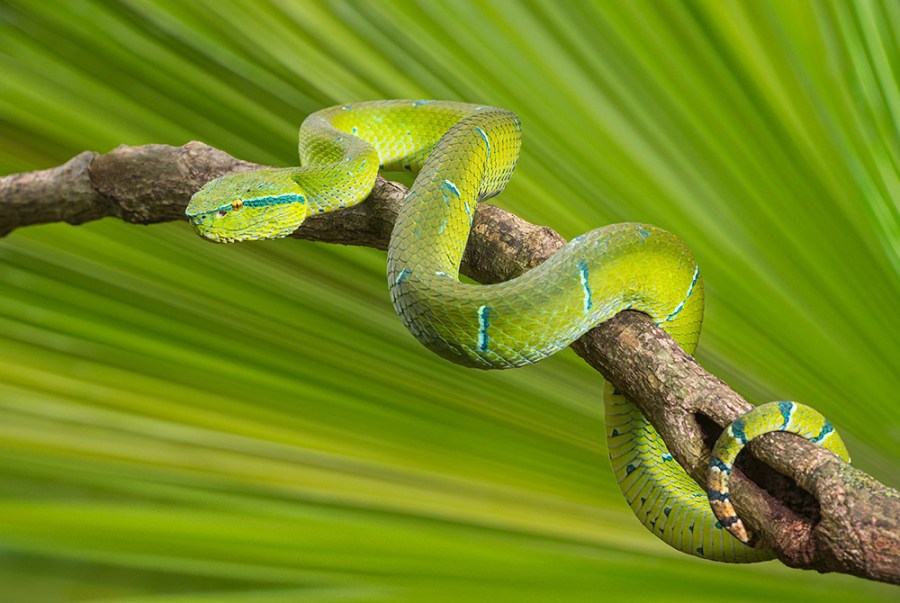In his latest column for AP, nature photographer Marsel van Oosten reveals why you must always strive for the best backgrounds in your wildlife pictures
Arguably the biggest difference between images made by amateur photographers and those shot by professionals is the backgrounds. Most beginners are so focused on their subject that they can forget to pay attention to the background. When I look back at my images from the early days, that certainly applied to me. The background seemed unimportant, something I simply ignored.
Why are backgrounds important in wildlife photography?
It wasn’t until a professional wildlife photographer told me that backgrounds are just as important as foregrounds, that I started to notice them in my shots. And when I did, I became obsessed with them. A good background makes your image better. While it is purely subjective as to what a good background is, here are some simple guidelines…
How to make your backgrounds better
If your background doesn’t feature anything worth showing, or is detracting from the subject or the overall mood or story, you could try to make it less dominant. There are many ways to do this. A popular one in wildlife imagery is to shoot from ground level, so you don’t see any surface behind the subject.
Another is to shoot with shallow depth of field to reduce unwanted details. Do this with a long telephoto lens and you’re able to create silky-smooth backgrounds that have zero detail, creating maximum separation between foreground and background.

Golden snub-nosed monkeys, China. Nikon D810, AF-S VR 70-200mm f/2.8, 1/250sec, f/7.1, ISO 400, with flash
You can also use light – ambient or flash – to put more emphasis on your subject while having less in the background. This will make your subject pop out of the frame. I have used this technique very effectively with flash when shooting my popular snub-nosed monkey images.
For this shot (above) I underexposed the background and I used the flash to add some extra light on the subjects. Some people think that using flash on wildlife may be harmful, but no scientific research exists that supports that notion. You shouldn’t use flash on nocturnal animals though.
Another solution is to move your camera physically – this will not only change the angle towards the subject but also change the angle of the light hitting your subject, and it will change the background. This is what I do most in my photography, whether it’s landscape or wildlife. When I’m in the field, the first thing I do when spotting an animal is look at the background. If the background is not good, I often don’t even bother to take a shot… that’s how important backgrounds are to me.
What makes a good background?
A good background adds to the image, the subject, the mood or the story. A bad background distracts. Think of a contrasty background with clutter, dominant shapes that draw attention away from the subject, a vibrant blue sky while your subject is more muted, unwanted lines and shapes touching or cutting through your subject… etcetera.
Especially for landscape photographers using a wideangle lens, moving a centimetre to the left or right will have a big impact on the relationship between your foreground and background.

Bornean green keeled pit viper, Indonesia. Nikon D4, AF-S VR 70-200mm f/2.8 lens, 1/4sec at f/11, ISO 800, with flash
Sometimes you just have to be creative. When I was in Indonesia, I found this Bornean keeled pit viper. These are venomous snakes that are named after the deep depressions between the nostril and the eye, which is the external opening to an extremely sensitive heat-sensing organ. I loved the pose, but I didn’t like the cluttered, high-contrast background. Fortunately, I saw a palm leaf on the ground that I liked; it had great graphic lines and the same colour as the viper. It worked from an aesthetic perspective and added context to the shot.
As told to Steve Fairclough
Marsel van Oosten

Marsel van Oosten was born in The Netherlands and worked as an art director for 15 years. He switched careers to become a photographer and has since won Wildlife Photographer of the Year and Travel Photographer of the Year. He’s a regular contributor to National Geographic and runs nature photography tours around the world. Visit www.squiver.com
Further reading
Marsel van Oosten: why scale is important
Marsel van Oosten: how to pre-visualise a photograph
Marsel van Oosten: making the most of bad weather
Marsel van Oosten: why planning is important in photography








